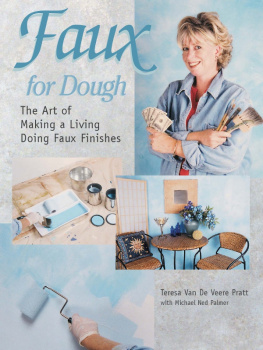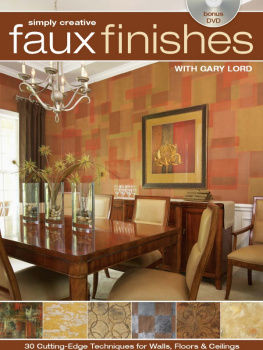
Faux
for Dough
The Art of
Making a Living
Doing Faux Finishes

Teresa Van De Veere Pratt
with Michael Ned Palmer
2003 Teresa Van De Veere Pratt and Michael Ned Palmer
Published by

700 East Stale Street lola, Wl 54990-0001
715-445-2214 888-457-2873
www.krause.com
Please call or write for our free catalog of publications. Our toll-free number to place an order or obtain a free catalog is 800-258-0929, or please use our regular business telephone 715-445-2214.
All rights reserved. No portion of this publication may be reproduced or transmitted in any form or by any means, electronic or mechanical, including photocopy, recording, or any information storage and retrieval system, without permission in writing from the publisher, except by a reviewer who may quote brief passages in a critical article or review to be printed in a magazine or newspaper, or electronically transmitted on radio or television.
All photography by Rhonda Forsberg, rhondaforsberg.com, unless otherwise noted.
Cover photos by Rhonda Forsberg, rhondaforsberg.com.
Library of Congress Catalog Number: 2002113129
ISBN: 0-87349-493-8
eISBN: 978-1-44022-008-1
Printed in the United States of America
Dedication and Acknowledgments
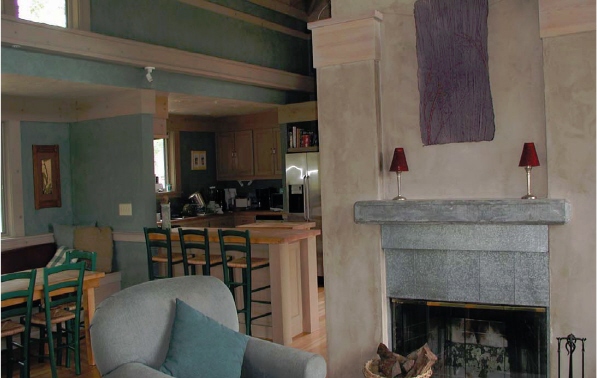
Photo by David Ronan.
I would like to dedicate this book to my father, Glenn Edward Van De Veere. Without his strengh in the world of business I would not have learned the basics. Every day he wakes up, he is in the mindset that things can go his way if he works hard enough, and no one works harder. He is always positive in his approach. When he created or worked on any project, he always said "perfect is good enough," which was hard to swallow as a kid, but has made me a better adult. Thanks Dad.
I would like to acknowledge my wonderful family for all the times they gave me the space to work and their love and support. Thank you, Richard Pratt, for being there always. I owe much to Annje Owen, my mother, for her inspired design and flair. Thank you, Kathleen Weisbecker, for all the hours of help over the years and her input and design sense. Thank you, Tracey and Lars Ward, Fred Owen, Jay Van Ulk, Steven Blackshear, David Ronan, Lisa Harrington, Nicole Van De Veere, Michele Kemp, Conrad Williams, Sissy Lozze, Ross Landis, Russ Shaffer, Bill Rienhardt, Darci Reed, Keith and Jenna Sommers, Michele Bladine, Jim Orzalli, Anthony Taylor, Bob Sefton, Kahty Pratt, Tobi Flynn, Chris Kuppig, my wonderful editor Jodi Frazzell, and to all the great people in my world that have inspired me and worked with me.
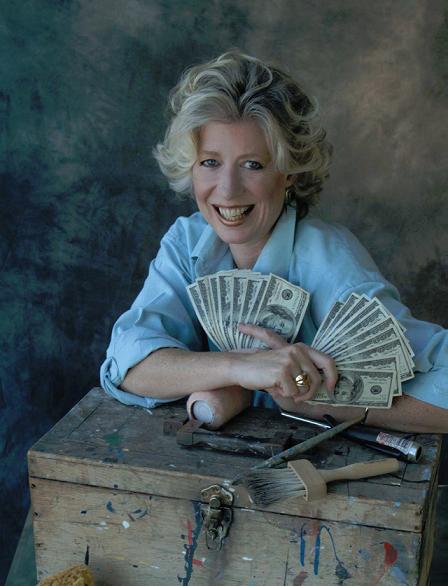
Photo by R.J. Studios.
Why This Book?
O ver the last three years, Ive been touring the country as a headlining speaker and expert in the fields of home dcor, color, faux finishing, and decorative painting. Hundreds of people make the journey to the Home and Garden show, and attend my seminars to learn the secrets of faux finishing. Following the seminar, it never fails that a group of people from the audience come up to ask more questions. Many want to know how they can start their own business. There are classes upon classes that they can take, but when it comes to finding the work, the questions are all the same: How do you find your clients? and How do you charge for a job? Others from the same audience ask if Im for hire to paint their houses. Standing in front of me are the artists willing to work and the people who want to hire them.
It didnt take me long to realize that those artists are in need of some basic information. They need someone to help them start making money. If they have the right tools, the jobs are waiting for them. They just have to find them.
This book is not only for the faux finisher or decorative painter; its for any artist who wants to sell his or her work. For many years, pricing guides have been published for the graphic art and signage industries, just as blue books have been published for cars. These books, however, do not cover mural work, faux finishing, stencil work, or other areas of decorative painting. Faux for Dough is meant to fill that gap and more.
Over the past 15 years of running my own business, Ive found that the only thing that has made me a successful working artist is looking professional and backing up that impression with good work. Learn how to build your portfolio in a way that captures attention. Learn the secrets of closing your deal; get your potential clients to sign a contract and give you money up front before you start work. Learn the secrets of how to price out the job in a language that designers and architects understand. Get to your first meeting and follow up that meeting to seal the deal. With the step-by-step information in this book, you will be able to master meetings, price your jobs, and initiate contracts. Theres nothing stopping you now! So go faux it!
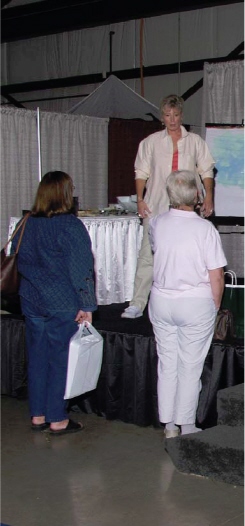
Photo by Brian Harvey Sparks.
After my shows when Im on tour, peoplewant to know Can they make aliving doing faux finishes? and if Imfor hire.
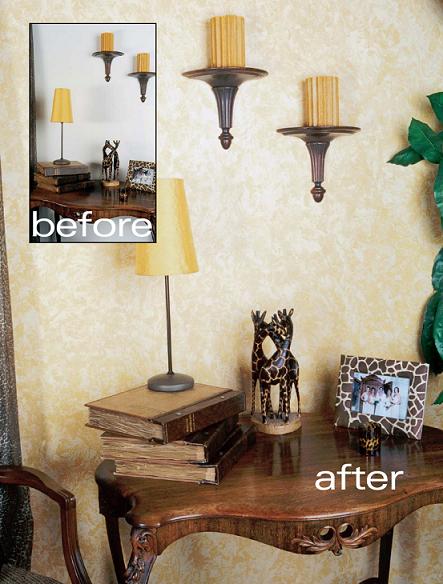
Table of Contents
Chapter One
Preparing Yourself for Work
Chapter Two
Finding the Clients Who Pay off Again and Again
Chapter Three
The Initial Meeting
Chapter Four
Color Consulting and Making Your Client Happy
Chapter Five
Pricing Out the Job
Chapter Six
Basic Contracts
Chapter Seven
Protecting Yourself on the Job Site
Chapter Eight
Finishes
Chapter Nine
The Tools of the Trade
Chapter Ten
When the Job Begins
Chapter Eleven
When the Job is (Really) DoneA Checklist
Chapter Twelve
Maintaining Your Business
Chapter One
Preparing Yourself for Work
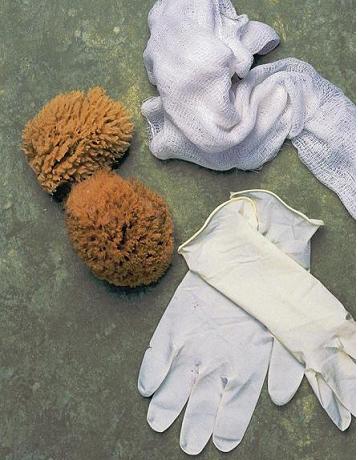
I n preparing yourself for business, the first thing we should talk about is building your portfolio. Faux finishing is a visual business, and the old adage that a picture is worth 1,000 words is absolutely true. The portfolio you create is going to be your business card, a visual representation of who you are and what you do. Remember, your portfolio doesnt have to be slick and professionally printed. It can be a simple binder with well-positioned photographs and some descriptions of the work you have completed for others. These descriptions may include: size of project, the time it took from start to completion, and job location. The most important piece of the portfolio is your work. Dont worry if your first portfolio consists of pictures of your kitchen or your mothers bathroom. Your professional calling card will be enlarged by newer, more up-to-date projects as your body of work and expertise grow. Any photographs that you have to document your work will do to get you started.
Next page
